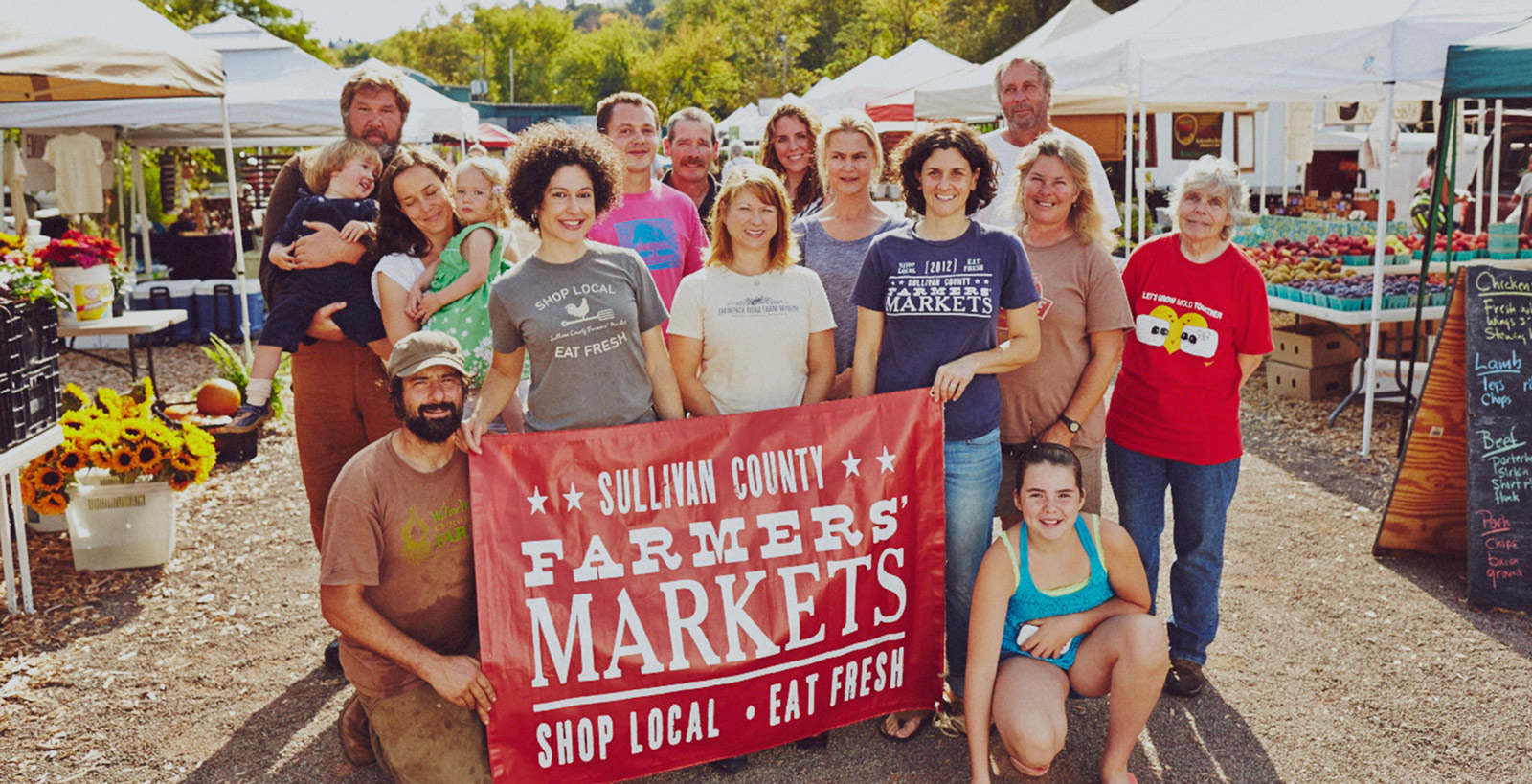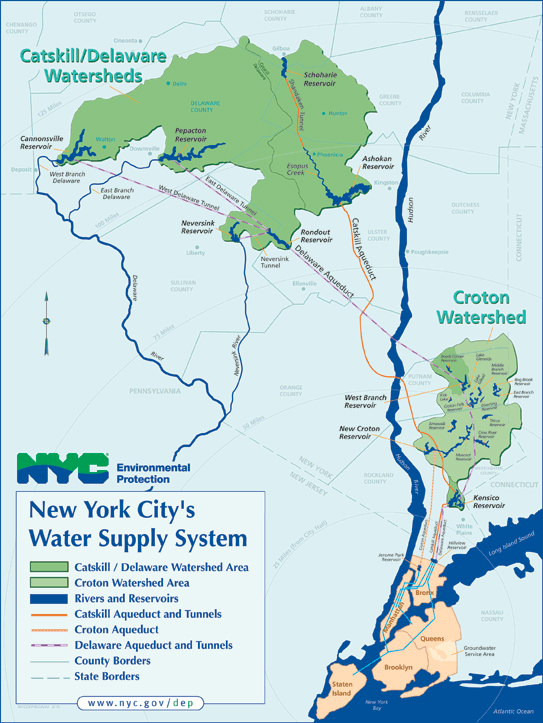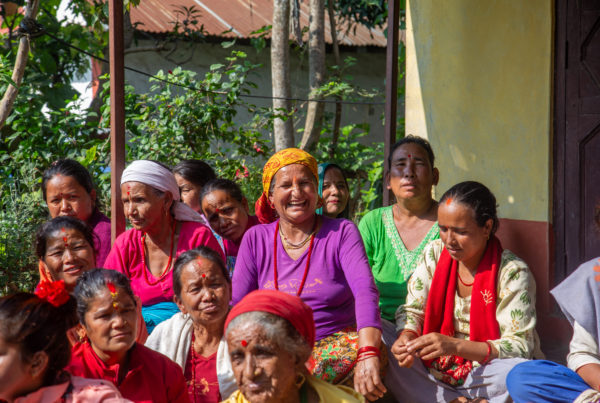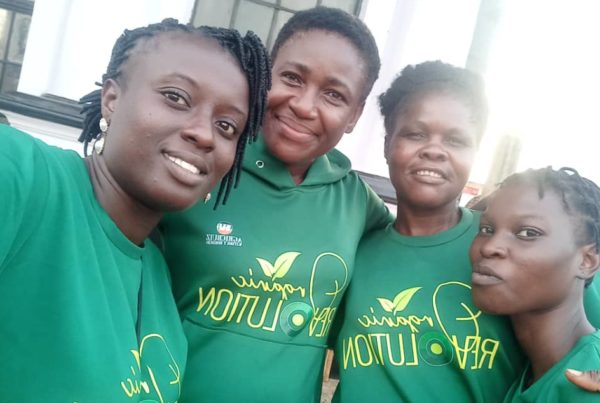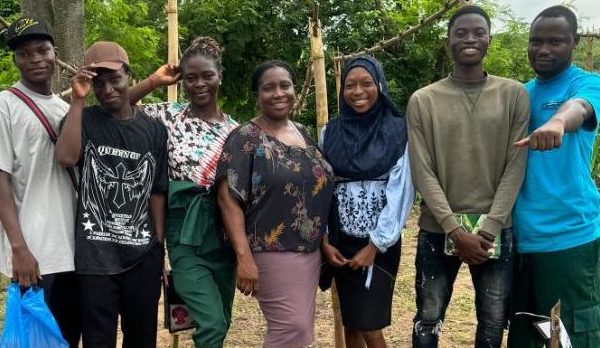New York City’s water is kept safe and clean by an innovative cooperation with farmers who have become guardians of the city’s watershed. This experience demonstrates how farmers can increase their productivity while protecting the environment and benefiting a grand metropolis through inclusive institutional arrangements.
New York City’s public water supplier has preserved a pristine water supply for its nine million customers. At the heart of how they produce ‘the champagne of public water’ – is a story of urban–rural collaboration. Farmers in the Catskill mountains, over 100 miles northwest from the giant metropolis, have become watershed guardians, keeping the water clean while producing food and working hand-in-hand with their thirsty urban neighbors. How did this unusual partnership develop?
Clean Water Under Pressure
What sets this case apart is that more often than not, the relationship between cities and farmers is an unhappy colonial one. Beginning in the 1830s, with the urban population exploding, New York City leaders looked for rural environments that could provide pure, affordable water. They created a series of reservoirs and built an engineering marvel – a concrete pipe a Volkswagen can drive through, surging with millions of gallons of water per second by gravity alone. This water system became the envy of cities throughout the world that struggled with dirty, scarce water and water-borne diseases like cholera.
However, by the 20th century, the sources were no longer so pristine. Upstream Catskill farmers began industrializing their farm operations. Nutrient use increased, dairy herds concentrated, erosion accelerated, and this led to pathogens showing up in New York City’s water supply.
At the same time, substandard sanitation systems spilled sewage, suburbs sprawled and city dwellers built second homes in the watershed, buying and developing forested lots that had previously served as crucial natural filters when owned by farmers.
By the end of the 1980s, public health specialists and the US Environmental Protection Agency (EPA) determined that the city would need to increase treatment of its drinking water and regulators began to apply pressure. The costs for new treatment facilities were estimated to be over $US 4 billion to construct them and $US 200 million annually to operate them, which would double the cost of water in New York City. The impacts on low-income families would be harsh.
From ‘Grey’ to ‘Green’ Infrastructure
A management transition can be an opportune moment to initiate change. When, in early 1990, Al Appleton became the Commissioner of the New York City Department of Environmental Protection and the Director of the New York City Water and Sewer system, he stood at an interesting crossroads. He could deliver the bad news to an economically-strapped city administration that new ‘grey’ infrastructure was needed to treat the water. Or he could propose a greener alternative – restoring the ecosystems to their natural filtration capability. Convinced that a good environment will produce good water and that it made little sense to allow Catskill drinking water purity to further deteriorate, they decided to:
- Identify pollution points;
- Convince politicians, regulators and engineers that less expensive ‘green’ infrastructure is a smart and profitable investment for New York City and;
- Enforce existing environmental regulations.
©Andy Ryan
From Regulation to Cooperation
Field researchers discovered that a primary source of pollution was cattle excrement flowing freely into creeks. Without consultation, the city sanctioned the local farmers and rural landowners, who, in turn, felt their livelihoods were undermined. In a series of community meetings, Appleton and his team took a pummeling and listened. They found out that the farmers were struggling to remain afloat, and that they considered water quality regulation to be top-down imposition by urbanites who don’t understand the rural economy. His team returned to the drawing board.
The New York State Department of Agriculture then proposed a process of co-design with farmers in the watershed. The city’s interest was affordable, clean water. The farmers’ interests were sustainable, rural-based livelihoods. The task was to find common ground. “If you don’t want the city on your back,” Appleton said to the farmers, “design a programme that meets both your needs and ours. We don’t want to run a regulatory agency; we want clean water. If your proposals can achieve that, we’ll embrace it.” It took 18 months of often tense negotiation between the city and the Catskill farming community but, in the end an innovative and far-reaching agreement was crafted. With the city’s support, the Catskill farmers formed the Watershed Agricultural Council and created a programme called ‘Whole Farm Planning’. Rather than a one size fits all approach mandating specific practices, unique pollution control and forest management plans were developed for each participating farm, with technical support from experts of agencies such as the Department of Agriculture and Department of Forestry. Importantly, these plans often lightened labor-intensive tasks like shoveling cow manure, and therefore helped the farm become more profitable. Pollution mitigation measures that prevented cow feces from running off into streams would be 100 % paid for by the New York City water authority – largely through urban consumers’ water bills which had been increasing an average of 14% per year during the decade prior to the pro gramme’s start. In the 10 years after program implementation, rate increases were under the rate of inflation. The ecosystems services approach not only yielded better environmental results than traditional grey technologies but did so more cheaply.
“If you don’t want the city on your back, design a programme that meets both your needs and ours. We don’t want to run a regulatory agency; we want clean water. If your proposals can achieve that, we’ll embrace it” – Albert F. Appleton
Hurdles and Achievements
There were still significant hurdles to jump. The farm community insisted that farmer participation be voluntary – a tough pill for the City to swallow. The final agreement was that no individual farmer would be required to participate, but the Watershed Agricultural Council would guarantee that 85 % of all watershed farmers joined within the first five years. If they failed, participation would become mandatory or penalties would be levied. A further sticking point was whether the farmers would be subject to regulatory enforcement related to water quality. The City agreed that farmers participating in the new programme would be exempt, barring flagrant and excessive violations of the regulations.
After five years the results were spectacular:
- 93 % of all Catskill farmers enrolled
- 75 to 80 % reduction in farm pollution
- Restoration of the pristine quality of the city’s drinking water without spending billions on advanced water treatment. Generation of clean water at an affordable price.
Additionally, the fact that watershed conservation would be folded into consumers’ bills created a sustainable pool of conservation financing, far more stable than many of today’s popular NGO-led watershed funds. The programme helped shore up urbanites’ support for additional watershed protection strategies, such as restoration of stream corridors, conservation agreements (easements) with private landowners and purchase and stewardship of city and state-owned lands. Some of these forests and reservoirs have been opened to recreational use. Over time, the Watershed Agricultural Council launched a line of farm products under the label Pure Catskills, including grass-fed beef, vegetables and timber, bringing urban consumers closer to rural growers. All products must be grown in ways consistent with a healthy watershed.
Success Factors
While the New York programme offers both payments and tax incentives to farmers, the real practical and philosophical innovation in New York was not turning farmers into conservationists but rather helping them do what they know and do best – grow food and fibre. While environmental sustainability was required to meet New York’s water quality needs, the measures did not undercut the farms’ profitability.
The programme is not a temporary fix. Support to upstate farmers, via the Watershed Agricultural Council is a core item in the New York City water system’s annual budget.
“According to Al Appleton, the programme facilitates “a righteous cycle of mutually supportive economic and ecological investments between urban and rural areas, leading to a more sustainable future for both.”
Beyond New York City
The programme has had other ripple effects. In 2014, New York State banned fracking in the watershed, due in no small part to vocal urban water consumers protecting their water supply. It catalyzed interest in non-traditional conservation strategies by the US water industry, including investments in ‘green’ rather than, or in addition to, ‘grey’ built infrastructure, for example Denver’s Forests to Faucets partnership between Denver Water and the U.S. Forest Service. On a broader scale, the Catskill arrangement has inspired similar programmes throughout the world – from Xalapa, Mexico to Cebu, Philippines as a model for compensation for ecosystem services, which have become wildly in vogue. Ironically, a core feature of New York’s success, combining food production with conservation, is often lost in the design of other programmes which pay farmers per hectare to set sensitive land aside for forests. That approach creates a certain tension between different users of nature, especially when farms are small, and is often funded by NGOs, making it vulnerable to budget shortfalls. In the global south, both consumers and public water utilities, as well as government ministries tend to be cash-strapped. Fragmentation and contradiction among water and land use laws, jurisdictions and public programmes can lead to formidable conflicts. Despite the difficulties, efforts are being made to innovate. Bogotá and Quito for example, have purchased and preserved sensitive lands high in the Andes where their water is sourced. Quito is home to a widely-admired watershed restoration trust fund, capitalised primarily through annual contributions from the municipal water utility, with private contributions as well. Lima, on the other hand, has a smaller watershed fund, funded privately, whose resources are no match for the damage caused by the pollution from the booming upstream mining industry. SUNASS, the national regulator of Peru has stepped forward with an innovative payment for environmental services programme that borrows lessons from New York.
A Model Worth Replicating
The relevance of the whole farm payment for environmental services model cannot be overstated. Around the world, 100,000 people a day migrate to cities, many with insecure water systems. Rural landscapes are being transformed faster than at any time in history. Initiatives like the one described here can strengthen sustainable rural land use and stewardship by increasing urban support for farmers producing environmentally-friendly food and fibre. Through the programme, monies flow from richer urban areas to poorer rural areas, helping to decrease income inequality and improve rural services. Moreover, the New York City example offers lessons for both climate change adaptation and mitigation. Its water supply and watersheds have proven adaptive and resilient: they were not compromised during Superstorm Sandy – a devastating 2012 class four hurricane. The New York City partnership with upstream farmers produces healthy, carbon sequestering soils, a climate mitigation strategy highlighted during the 2017 Bonn climate negotiations. The New York case demonstrates that an integrated form of urban and rural planning can bring environmental and economic benefits to both urban and rural landscapes. Those links are growing stronger within movements for local and agroecological food systems. The bumper sticker, ‘No Farmers, No Food’ speaks to urban-rural interdependence and cooperation. In fact, the relationship runs deeper, right down into the aquifer. Healthy farming will produce healthy water. Here’s a modified message to consider: ‘no agroecological farmers, no safe water’.
Credits
Daniel Moss (danielmoss9@gmail.com) has worked in community-based resource management in the US and Latin America for 30 years. He writes on water issues for journals and blogs and coordinates Water Commons, and the AgroEcology Fund. This is an updated version of an article published in Farming Matters – The Wisdom of Water September 2015.


